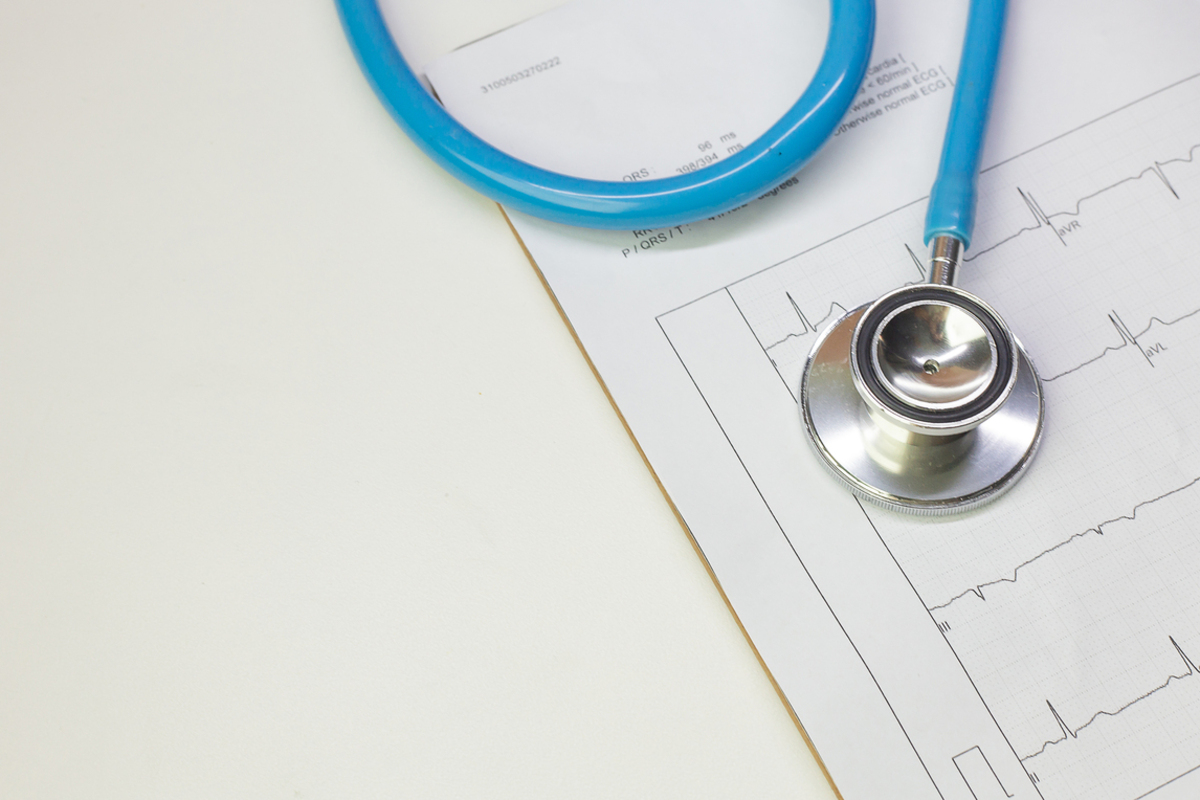Arrhythmia describes a group of conditions related to an abnormal heartbeat. Most often, these conditions involve problems within the heart's electrical system, as that is what controls the heart’s beats. A subcategory of these conditions is bradycardia, or a "slow heartbeat".
A healthy heart beats at around 60 to 100 beats per minute. A young, strong, and healthy athlete can lower this to around 40 or 50 beats per minute, and if you’re an athlete, this shouldn’t be a cause for alarm. Bradycardia describes four conditions that cause your heart to beat slower than that normal rate.

Sick sinus syndrome
Sick sinus syndrome may sound like a runny nose, but it refers to the heart’s “pacemaker", known as the sinus node. It’s responsible for sending electrical signals through your heart to create its beats. Usually, it keeps the beats steady and relegated within a normal heart range.
Three types of bradycardia can result from sick sinus syndrome:
- Sinus bradycardia is when the electrical signals reach the heart more slowly, and thus slow the heart rate down.
- Sinus pauses describe the sinus node randomly shutting down and failing to send signals for a few seconds, and this can cause the heart to stop beating briefly.
- The last is called bradycardia-tachycardia, or "tachy-brady syndrome", which involves episodes of alternating fast and slow heartbeats.
Heart block
The other type of bradycardia is something called heart block. As the electrical signals pass through the heart, they start from the sinus node, go through the AV node (which acts as a secondary "pacemaker"), and then into something called the "bundle of His". After this, it divides into different branches to deliver electrical signals to the bottom of the heart. Heart block sets in when something interferes with the passage from top to bottom.
There are several degrees of heart block, with the first merely involving the electrical signals being slightly slower as they pass through the heart. This rarely has symptoms and doesn’t need treatment. In the second degree, some electrical signals do not reach the bottom of the heart, and this often requires treatment. In third-degree heart block, no signals from the top of the heart reach the bottom. Luckily, if the heart does not receive any signals, it can generate its own electrical impulses as a backup. However, they are very slow and the condition requires treatment.
How would I know if I have bradycardia?
Here are some symptoms to look out for:
- Chest pain
- Dizziness
- Lightheadedness
- Shortness of breath
- Difficulty exercising
- Abnormal fatigue
- Palpitations – feeling your heartbeat, especially if it’s beating irregularly
One symptom that is specific to sick sinus syndrome is confusion or other mental changes.
What are some causes and risk factors of bradycardia?
For sick sinus syndrome, it is often unknown what the cause is. Studies have shown, however, that the cause is often age-related degeneration in addition to genetic factors. Tissue and heart conditions that change the structure of the sinus node also seem to play a factor in one developing sick sinus syndrome. For children who have sick sinus syndrome, heart trauma from heart surgery is a common cause. A risk factor for this condition is certain medications that interrupt proper sinus node function.
Heart block also has a few similar causes. Certain medicines, heart surgery, as well as genetics also play a part in causing the condition. It’s possible to be born with heart block. Additionally, certain heart diseases, a heart attack, or an infection such as Lyme disease can cause heart block.
Diagnosis of bradycardia
First, the doctor will take your medical history. They’ll ask about heart disease, arrhythmias, and fainting spells that have occurred in your family before. In addition, they’ll take your personal medical history as well as evaluate your symptoms and the medicines you’re taking (as certain medicines can cause bradycardia).
Upon physical examination, the doctor will check your heart rate and pulse at rest and while doing some exercise. If they need further examination, the doctor may use an electrocardiogram, which records the electrical activity of the heart. Because some bradycardia conditions have episodes rather than being constant, it may be necessary to use a portable electrocardiogram for 24 hours or more. When symptoms occur, a button is pressed to record the heart’s electrical signals.
What are my treatment options?
As with heart block, if there are no symptoms, you don’t need treatment. If your doctor believes you have sick sinus syndrome, they can review your medicines to make sure it’s not making the condition worse. For bradycardia, the general treatment is to implant a pacemaker, which helps relieve symptoms. For tachy-brady syndrome (alternating fast and slow beats) medication to control the fast heartbeats can be used with a pacemaker.
- Photo courtesy of SteadyHealth
- medlineplus.gov/ency/article/001101.htm
- www.health.harvard.edu/a_to_z/bradycardia-a-to-z
- www.hrsonline.org/slow-heartbeat
- www.nhs.uk/conditions/heart-block/
- www.nhlbi.nih.gov/health-topics/heart-block
- www.hrsonline.org/heart-block
- medlineplus.gov/ency/article/007658.htm
- medlineplus.gov/ency/article/000161.htm
- www.hrsonline.org/sick-sinus-syndrome
- www.ncbi.nlm.nih.gov/books/NBK493201/
- www.health.harvard.edu/heart-health/what-is-sick-sinus-syndrome
- ghr.nlm.nih.gov/condition/sick-sinus-syndrome
- www.aafp.org/afp/2013/0515/p691.html


Your thoughts on this